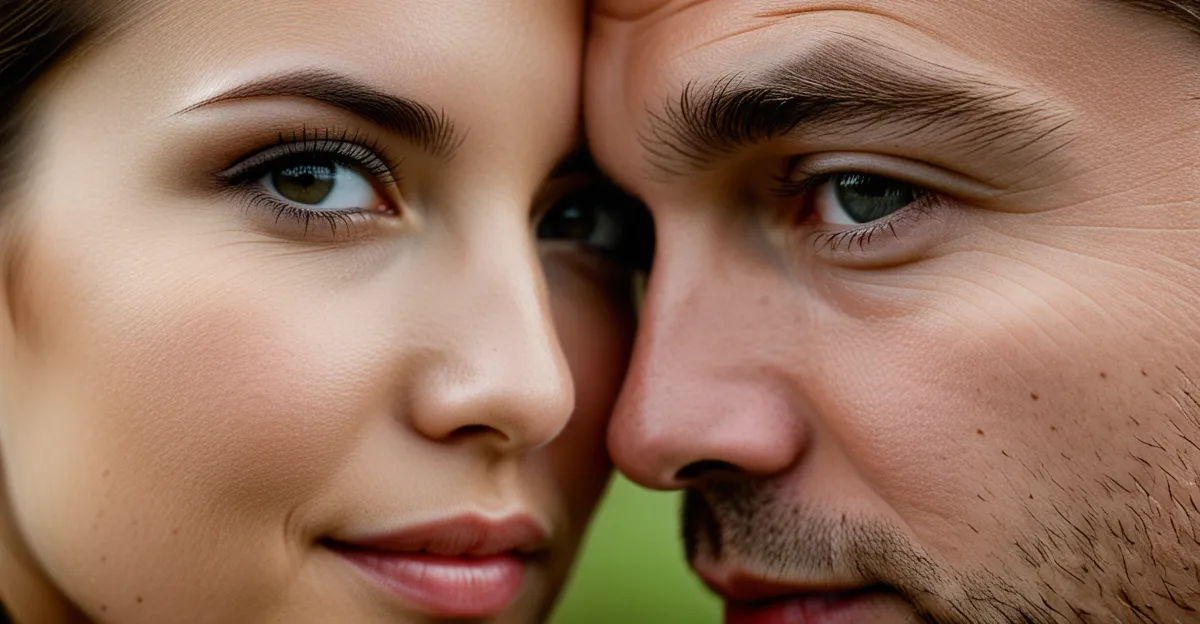Welcome to Gipsy Yogi
Discover a wide range of information on various topics through our informative articles and variety of ideas.
Motoring, Business, and Finance
Stay updated on the latest news and trends in the fields of motoring, business, and finance through our content.
Health, Home & Lifestyle, and Cooking
Take care of your mind, body, and home with our articles and ideas on health, home, lifestyle, and cooking.
Travel, Technology, and Pets
Explore the world, stay updated on the latest tech news, and learn how to care for your furry friends through our content.
Discover a Wide Range of Information
Welcome to Gipsy Yogi
As a general interest website, we cover various categories, including motoring, business, cooking, and more! With a focus on the news industry, Gipsy Yogi celebrates a holistic lifestyle through the content on our site.
Stay up-to-date with the latest technology news
Find travel and recipe ideas on Gipsy Yogi.
Discover a Wide Range of Information
Stay informed and entertained with Gipsy Yogi.
Live a Holistic Lifestyle
Experience a variety of ideas and content.
Benefits That Appeal To All
Stay up-to-date with the latest industry news and trends.
Informative articles
Get information and ideas from our articles.
Entertaining content
Find inspiration and ideas for a variety of topics.
Stay informed and entertained with Gipsy Yogi!
Latest news
What are the essential items for a new pet owner?
What Are the Essential Items Every New Pet Owner Should Have? Welcoming a new pet into your home is an exciting journey,[…]
What are the tips for cooking a restaurant-quality steak at home?
How to Cook a Steak Like in a Restaurant: Expert Tips for Home Chefs Cooking a steak with that perfect sear and[…]
What are the essential items every cat owner should have?
What are the essential items every cat owner should have? Being well-prepared for your feline friend makes all the difference in creating[…]
How can team sports improve social skills and teamwork?
How playing team sports can improve your social abilities Joining a team sport isn’t just about staying active; it’s a powerful way[…]
What are the key factors to consider when buying a used car?
What are the key factors to consider when buying a used car? Buying a used car can be a smart and budget-friendly[…]
How do you choose the right wine to pair with your dinner?
How to Choose the Right Wine for Your Dinner: A Simple Guide Choosing the perfect wine can elevate your meal from ordinary[…]
How is the automotive industry adapting to climate change regulations?
How the Automotive Industry’s Response to Climate Change Regulations Shapes Its Future The automotive sector is steering towards a cleaner, greener future,[…]
What are some tips for organizing a clutter-free home?
Simple Strategies for Organizing Your Home Without Mess: A Clutter-Free Guide Did you know that in 2024, over 70% of homeowners report[…]
How can mindfulness improve emotional well-being?
How the practice of mindfulness can improve your emotional well-being Mindfulness isn’t just a trendy buzzword—it’s a powerful tool that can calm[…]
How can I enhance natural light in my home?
How to increase natural light in your home: Brighten your living space effortlessly Natural light isn’t just about aesthetics—it’s a proven mood[…]
How can I improve my knife skills for better cooking?
How to improve your knife skills for better cooking: A beginner’s guide Did you know that nearly 70% of home cooks say[…]
What are the key strategies for scaling a startup?
Key strategies for scaling a startup effectively: an introduction Scaling a startup opens the door to new markets and long-term success, yet[…]
What are the early signs of common health issues?
Understanding the early signs of common health issues Recognizing early signs can be a game-changer for your health. In fact, a 2024[…]
How does sleep quality impact your physical health?
The importance of good sleep quality for physical health Did you know that nearly 40% of adults in the U.S. reported poor[…]
What are the best ways to train a new puppy?
How to Train a New Puppy Effectively: Your Friendly Starter Guide Training a puppy early unlocks a world of benefits, from a[…]
What are the environmental impacts of electric cars?
Understanding the Environmental Impacts of Electric Cars Electric cars are often hailed as the green heroes of the automotive world, promising a[…]

How Will Recent Events Impact the UK’s Future Relations Globally?
Immediate Implications of Recent Events for the UK’s International Relations Recent political events have significantly influenced UK global relations, sparking immediate reactions[…]

How Will New Policies Shape the Future of the UK’s Economy?
Overview of Recently Introduced and Upcoming UK Economic Policies The UK government policies introduced recently and those announced for the near future[…]

Why Are Certain UK Events Less Covered in News Reports?
Factors Influencing Media Coverage of UK Events Media coverage decisions in the UK are primarily shaped by editorial bias, news values, and[…]
